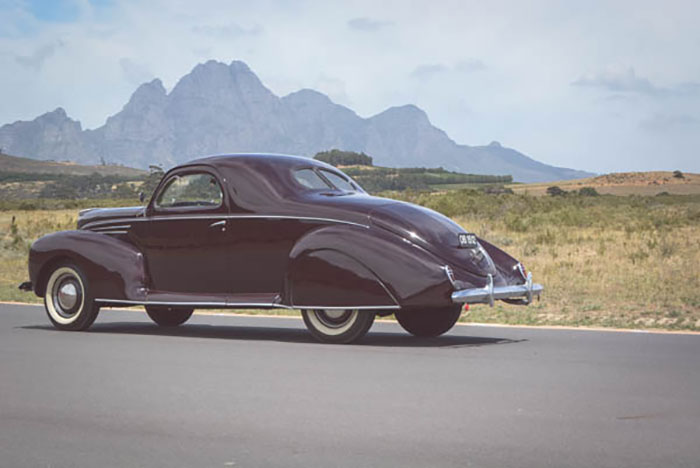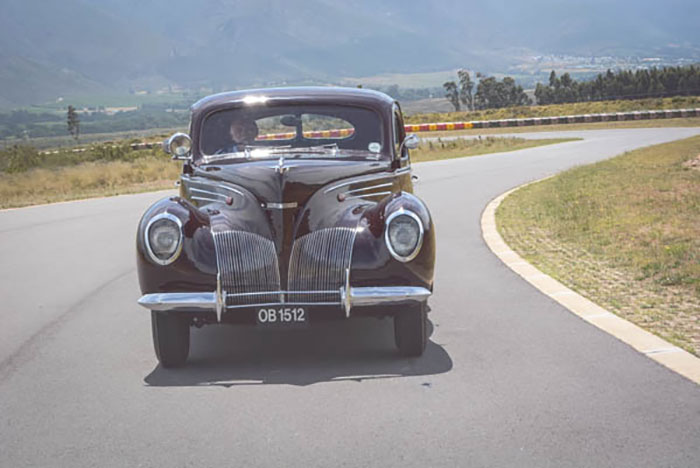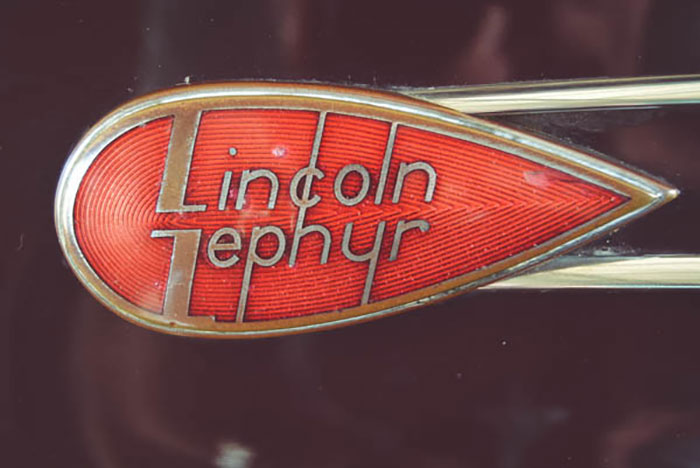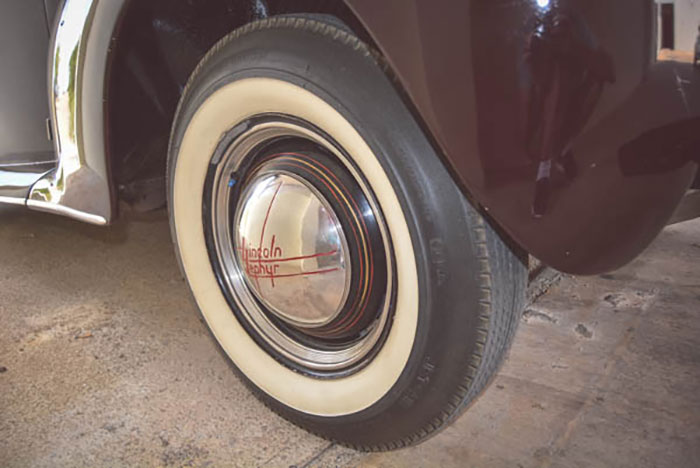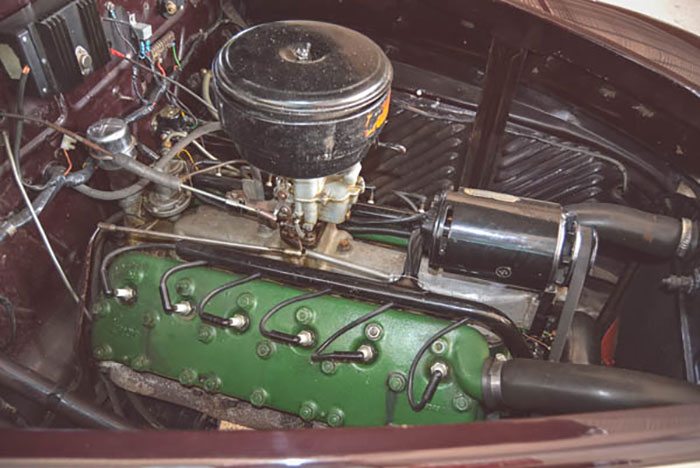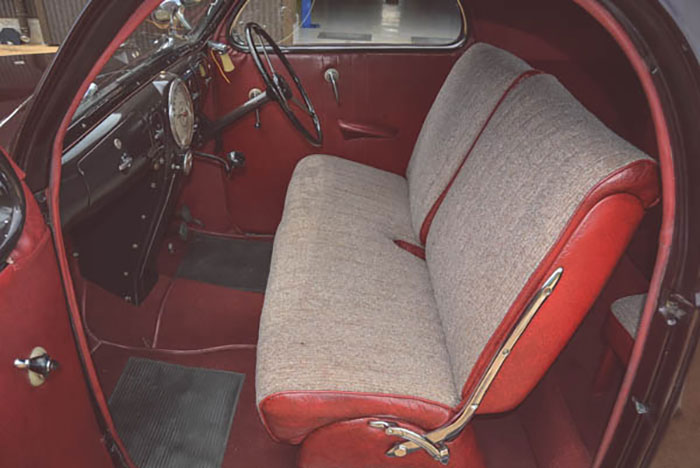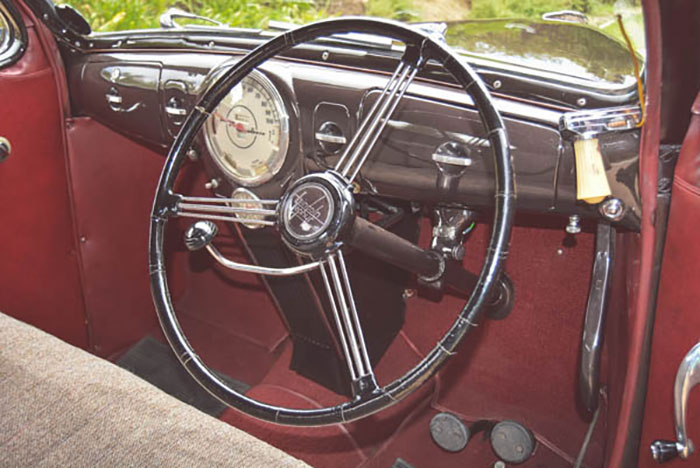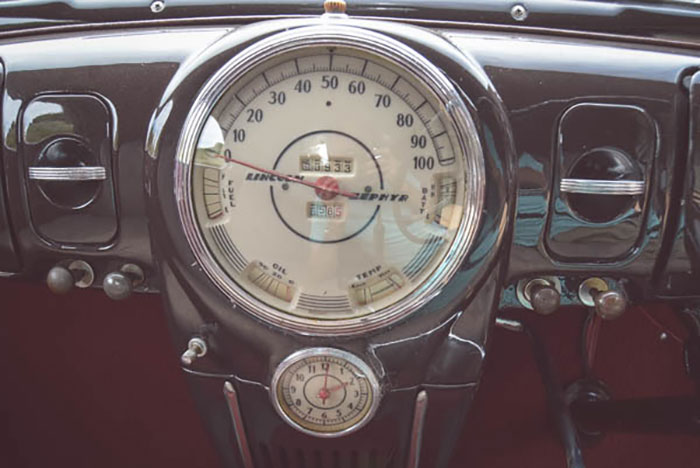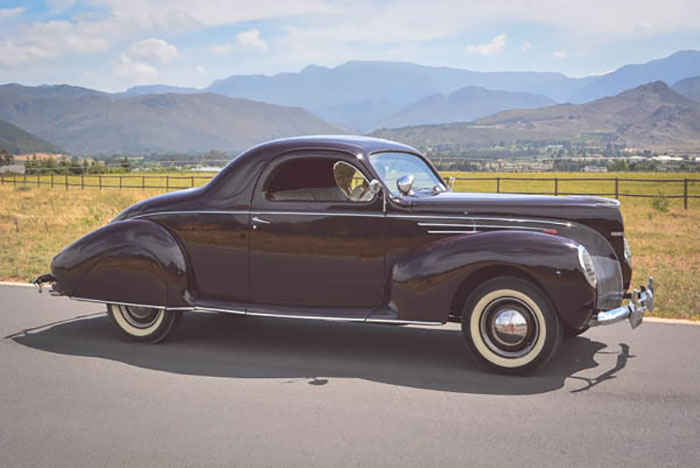
15 Dec COLLECTION IN ACTION – L
An alphabetical series of short driving impressions of some of the museum’s car collection. This month we are ‘dazzled by the dozen’ of a Lincoln V12.
These days, mention a car with 12 cylinders and most people with immediately think of an expensive, high performance, high-tech executive thoroughbred from one of the elite manufacturers. But back in the mid-1930s when America was in the throes of recovering from the Great Depression, Ford was looking attract buyers to a lower-priced, mid-size luxury car to bridge a gap in its corporate model line-up, and the Lincoln Zephyr brand was the result. But far from being something cobbled together from the Ford stable parts bin – Ford had taken over Lincoln in 1922 – the stylish Zephyr was something of a trend-setter powered by an unstressed V12 engine.
Introduced in November 1935 as a 1936 model, the Lincoln Zephyr boasted a number of modern features. It was designed by Eugene Turenne ‘Bob’ Gregorie, who was a close friend the company’s president Edsel Ford, and the concept is said to have been based on the Pioneer Zephyr Streamliner train, otherwise known as the Burlington Zephyr. The shape included a low-raked windscreen, integrated fenders and aerodynamic bodywork to create a low drag coefficient, which was better than the rivalling Chrysler Airflow, the model that had started an ill-fated period of streamlined designs. In fact, the Zephyr was called “the first successfully streamlined car in America” by the Museum of Modern Art in New York. With its monocoque construction, the body was also strong yet relatively light, tipping the scales at 1 596 kg.
Under the self-supporting bonnet was a compact, 75-degree V12 engine adapted from Ford’s Flathead V8 with four cylinders tacked on. Cubic capacity was 4 380 cm3 and with a single down-draught carburettor, it delivered 82 kW at 3 900 r/min, which helped achieve a top speed was 90 mph (145 km/h). Dual water pumps were fitted. As with the Flathead, there were early reliability issues but these were quickly resolved.
Suspension was by Henry Ford’s beloved transverse leaf springs front and rear, with a dead axle up front and torque tube at the rear that, contrary to the car’s styling, was seen as an outdated set-up when the car was introduced. Four-wheel drum brakes were cable-activated for 1936-38 models but from 1939 they were hydraulic.
